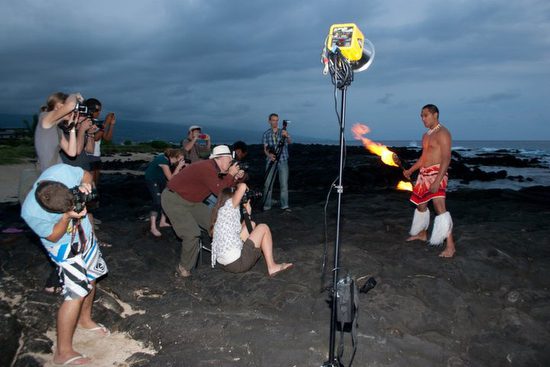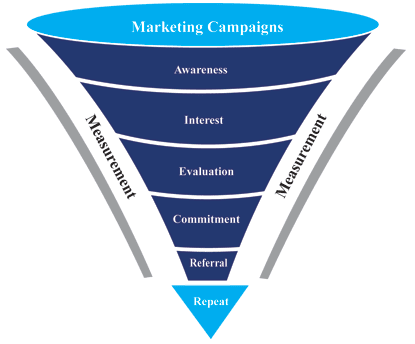I read a lot of books and they are not all about photography. I enjoy reading as much about business and it is here that I keep coming across ways to be more successful.
I have adapted some of what I am reading to photography. This is my attempt to help to get people to see we need to bring some balance into our business lives to achieve our goals over time.
 |
| Stanley in Burkina Faso, West Africa on assignment. |
Where you focus
Where you focus yourself is where your energy will go. This tends to be along your strengths.
- Comfort with Technology – In the days when we were processing film, there were many photographers who would love to take one negative and work on it forever. Ansel Adams would fall more into this category. He worked very hard to get the very last drop of detail out of the image. Today PhotoShop or Lightroom is what can eat up all your time if you let it. It could also be being more comfortable with the camera and lights and therefore you shoot products because working with people distracts you too much from your comfort zone.
- Comfort with the subjects – There are many photographers who really enjoy how photography gives them access to people and places. They will spend as much time as possible letting the camera introduce them to people and less time with the camera. Some of these photographers really struggle with the technical things they could do with their camera and may just learn how to do shoot a certain way and repeat this. On the extreme of this may be someone like a school portrait photographer. You don’t really have to know all the technical, just set it up the same way and it is your ability to get great expressions and knowing how to make people comfortable with the camera that sets you apart.
- Comfortable with your gut – You like responding to situations and just can sense the right thing to do in a certain situation. This could be the war photographer who doesn’t necessarily like cover the death and destruction, but know they are good at making those photos that tell the story and can do so without loosing their life in foreign countries or in a war zone.
 |
| I have found a niché in multimedia. (Photo by Ken Touchton) |
What you develop as your niché
Photographers tend to play to their strengths and then work hard to develop them even more. Like a musician starts to play the piano due to an interest, then spend a lot of time taking private lessons and practicing to hone this skill.
Photographers need to spend time going to workshops with instructors who can help them develop the skills to rise to the top of the industry. Photographers will seek out mentors who they admire their work and can help coach them.
- Going with your gut (Kinaesthetic Knowledge) If you have an interest in war photography you may spend your time reading books on war photographers, wars and study politics and culture at levels very similar to the experts in these fields. The reason you do this is you know that to survive you must know more than shutter speed and f/stops. You need to understand the culture and know how to get around in situations that there are not manuals for, because it is new. You may reach out to The Dart Center which helps journalists deal with Post Traumatic Stress Disorder.
- The empathetic photographer (Emotional Quotient) I have a close friend who has a special needs child and who has a heart for not just his child, but for all special needs people. This photographer goes to seminars, reads stories and today covers these subjects helping give a voice to the voiceless.
- The Strategic Photographer (Intelligent Quotient) May be looking for ways to use their mind to use maybe more technological answer to situations. They may use multimedia, panoramic, post production skills and other things that play to their intellect to help a client achieve their goals.
- The Spiritual/Moral photographer (Spiritual Quotient) photographer lets their inner wisdom guide their compassion. You see a lot of humanitarian photographers who are driven by doing the right thing. I think there is a difference between the empathetic photographer and the Spiritually guided photographer. Sometimes the spiritual minded photographer can lack some empathy just as sometimes the empathetic photographer can lack some pragmatic thought.
 |
| Stanley teaching in Kona, Hawaii. (Photo by Chris McCloud) |
 |
| Moa Noble twirls the fire knife. It is part of the Samoan traditions in Hawaii. This is the photo I was showing the class how to make last February in Kona, Hawaii. |
DANGER – Too Focused
When you only go to what you perceive as your strengths sometimes this is the same as being a child who just wants only ice cream or macaroni and cheese for every meal. It is unhealthy. I suggest expanding your horizons. Go to events, seminars, workshops, or take up a new hobby just to bring some fresh air into your life. The reason you want to do this is to access your untapped potential.
Focus Inward for a change
I have been on Weight Watchers and learned that when I stay with the plan I loose weight, when I depart from it I put it on. What is the core thing I have learned–tracking everything I eat and sticking to a prescribed number helps me take weight off. If I go above that number too often I start to put weight on. The numbers that Weight Watchers assigns to a person is based on their height, weight and activity level.
Photographers need to track what they do. It is when you take some time for self observation that you will notice you are spending a lot of time at the computer and no time meeting new people and growing your business.
You should be able to take a calendar out and see where your time is going. If you want to be successful it will look like a good balanced meal. If all you have is all steak and no vegetables you cannot sustain a healthy business.
How do you become successful?
Same as the answer to how do you play at Carnegie Hall–Practice, Practice, Practice. My sister-in-law is Pam Goldsmith. She is one of the top violists in the world. She sits first chair in the studio musicians group of Los Angeles. What this means is she plays on most of the recorded music for Hollywood productions.
These are the highest paid group of studio musicians in the world. When they record the music for a movie they hire this group for a good reason. They play everything for the first time they see it and 90% of the time that is the last time they play it. They record them sight reading most all the movie scores. It would cost too much to practice a few times and then play it.
Since I grew up playing the trumpet I was blown away at this. I didn’t realize when you master the instrument at the highest level you can play a piece of music that no one has ever played before the first time as if you had been playing it for a lifetime.
How do they do it? When they are not performing they are practicing.
I too must perform on this level every day with my photography. I get one shot. I don’t make a photo of someone and we evaluate it and then I try it a few time over and over till I get it right. How do I do that? I practice everyday taking pictures and looking without my camera. When I pick up my camera I seldom think about what I am doing to make a photo–I just do.


























